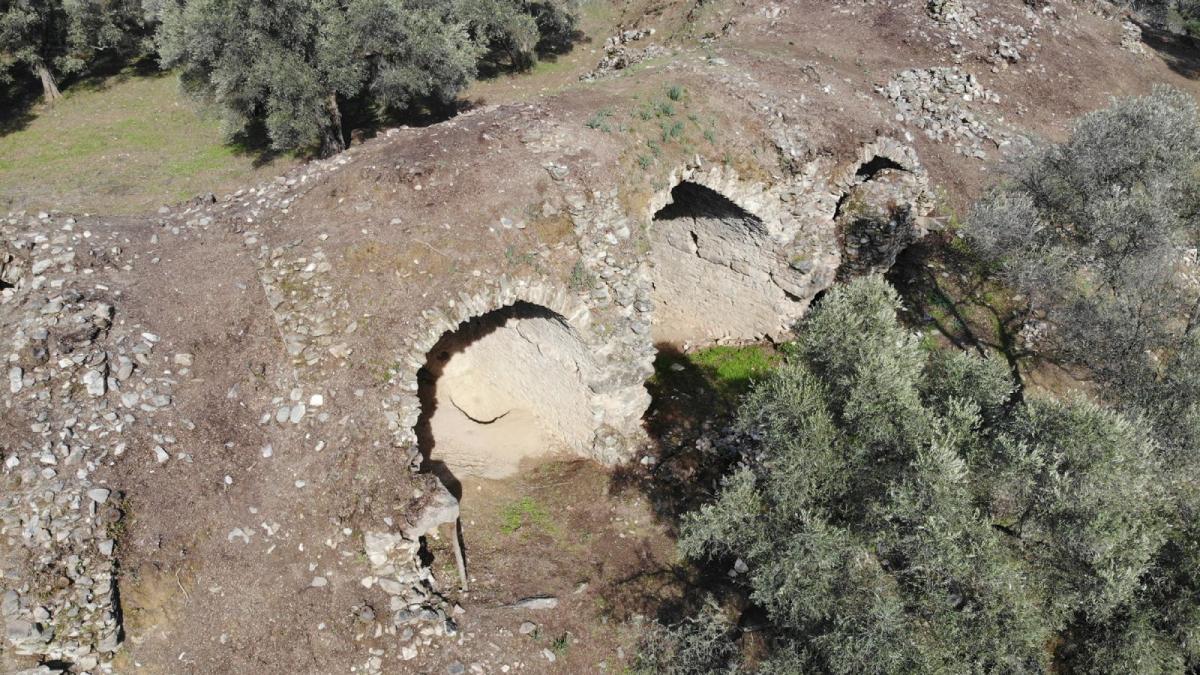“A unique structure, similar only to the Colosseum of Roma“, This is the first statement of the Turkish archaeologists who were part of the research team able to discover an ancient Roman amphitheater in Turkey. The Colosseum of Anatolia, obviously on a reduced scale, could hold up to 20 thousand spectators and is datable to the beginning of the XNUMXrd century AD The structure resurfaced on the hills of the ancient city of Mastaura, in the western province of Aydın and was built during the Severan dynasty, who ruled the empire from AD 193 to 235. By that time Mastaura had become a rich and economically developed center.

The only Roman amphitheater in Turkey and the Middle East
A unique discovery that first thrilled the local media and then attracted international attention due to the importance of the Roman amphitheater. Leading the team of archaeologists were Mehmet Umut Tuncer, provincial director of culture and tourism of Aydın, and Sedat Akkurnaz archaeologist from Adnan Menderes University in Turkey in charge of the excavation project. The Colosseum of Anatolia it is the first and probably only example of a similar amphitheater in and around Anatolia. A structure that has survived over time and a wonderful "exception" considering that another such amphitheater is not present in Anatolia, the Middle East, Egypt and Greece.
«Most of the amphitheater is underground - scholars explain - and the visible part is largely covered by wild trees. There is no previous example of such an amphitheater in Anatolia". According to early studies, the amphitheater was designed specifically for bloody shows. Specialized areas were also highlighted where i gladiators they got ready before entering the scene. Much of the underground structure of the arena is well preserved and the walls remained solid. The external part has been eroded by time even if some of the rows of seats are visible, the arena where the gladiators fought and the retaining walls outside the building. "Much of the arena is underground and has not yet been excavated. We do not know the details of the use of the building»Explains Akkurnaz.
Excavations and future objectives
Significantly smaller than the Colosseum of Rome, this Roman amphitheater will be the subject of investigations and studies for a long time with very specific objectives by the team. "There are cracks in the walls of the building - Akkurnaz warns - Some masonry stones are falling. Starting May 2021 - announces the archaeologist - first we will keep the walls of the building. We will protect the building from decay and deterioration. We started doing laser scans of the building. We scan with the laser in the form of a 3D point cloud. We are transferring the current state of the building to the digital environment. After June 2021, we will do archaeogeophysical studies. We will begin the geophysical surveys above the building. We want to understand what the underground parts of the building are like».
Excavations began nin the summer of 2020 after having found traces of stone walls that emerged from the ground. The arena resurfaced from October to December 2020.





